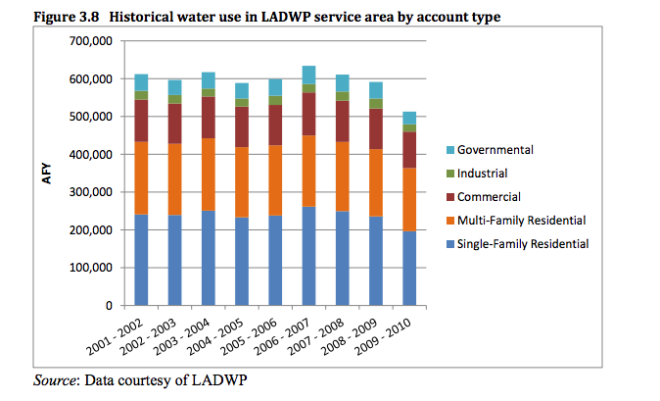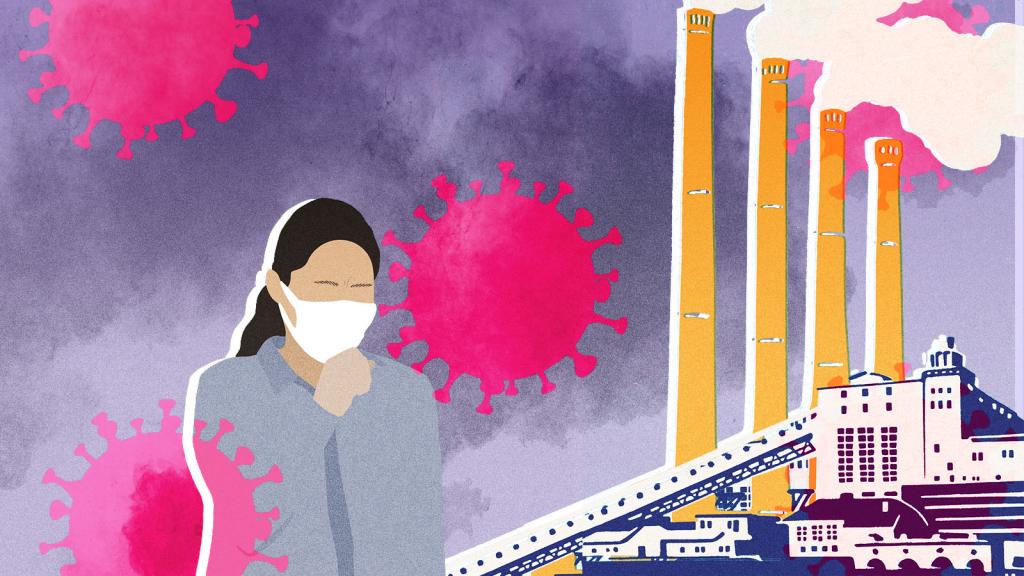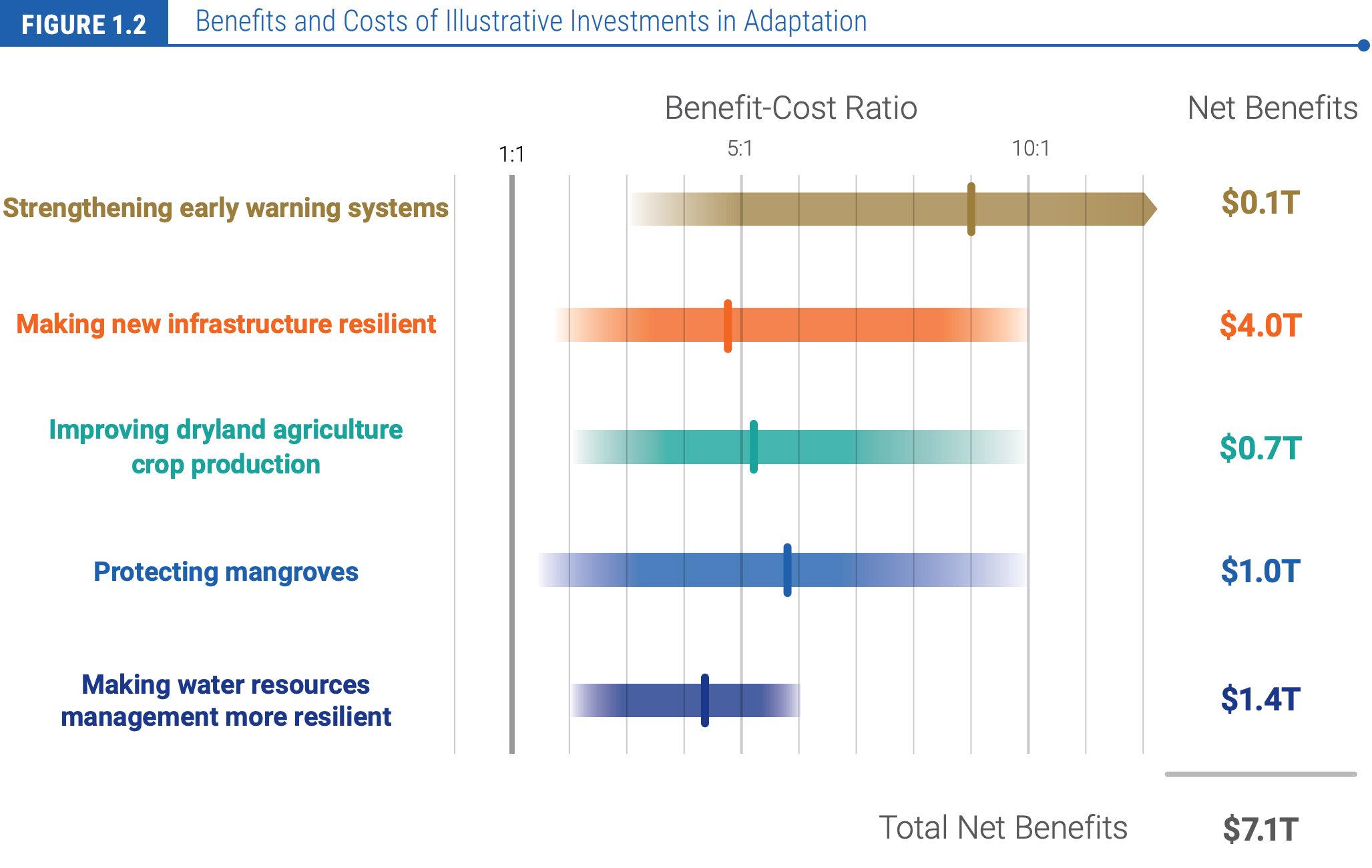It’s no secret that President Donald Trump has impeded efforts to stop the spread of the coronavirus across the country. It�
Now that the coronavirus has upended life in the United States, the administration’s failure to heed warnings from experts looks inexcusable. It’s always clear in hindsight: When a president, industry, or a political coalition blocks efforts to prepare for an impending disaster, it means flushing lives and boatloads of money down the drain. But when it comes to another titanic, murderous threat, that’s exactly what successive waves of politicians continue to do. The world is failing to curb greenhouse gas emissions and failing to prepare for the disasters to come.
“I don’t think there’s any serious debate that we should be doing more to prepare,” said Rebecca Carter, deputy director of the World Resources Institute’s climate resilience efforts. Last September, WRI and the Global Center on Adaptation put out a report named Adapt Now, calling for leadership “that shakes people out of their collective slumber.” At the time, this climate journalist didn’t pay much attention. But after seeing what the coronavirus pandemic has wrought, I’m interested.
Disaster readiness is like exercise. We know the consequences of failing to do it can be deadly (heart disease is the number-one killer). But it’s so boringly uncontroversial that it’s all too easy to agree that it’s important, then fail to act. But in moments like this, while the disaster is underway, people can think of nothing else. Perhaps we can use this moment to direct money and attention to some of the obvious adaptations needed to live in a warmer world, that people can still make, before it’s too late.
Preparation works
Droughts, hurricanes, fires and floods are getting more intense as the climate warms. With the right preparations, however, the risk that you’ll be killed by one of those disasters could drop. Take Bangladesh, a low-lying country with a history of devastating floods. It has been preparing for cyclones since the 1970s, building early warning systems, shelters, and stronger houses. As a result, the lives lost to each subsequent cyclone that has hit Bangladesh have plummeted.

Global Commission on Adaptation
Turn from flood to drought, and Ethiopia holds a similar lesson for successful adaptation. From 1983 to 1985, the world saw horrifying images of starving Ethiopians after drought hit the country while it was in the middle of a civil war. “We don’t see those any more, and it’s not because droughts don’t happen,” Carter said. “They’ve just gotten better at dealing with them.”
The drought that hit Ethiopia in 2015 and 2016 was, by some accounts, the worst it had experienced in half a century. But the war was over, and the country had functioning businesses, railroads, and commerce: Food could move to people and, almost as importantly, to cattle.
Cattle serve as bank accounts for many pastoral people, so when herds starve, it can drive families into abject poverty. Starting in 2009, the U.S. Department of Agriculture gave money to Ethiopia’s cooperative farmer’s unions to build 24 feed manufacturing operations that could move cattle feed around the country. So when the droughts came a few years ago, these enterprises sent feed north, where the grass was scarcest, to 119,000 small farmers. Not a single one of those farmers’ animals died, Carter said.
Adaptation is happening here in the United States, too. Care to guess how much more water California has needed for the 16 million new residents who have arrived since 1980? None. Thanks to the Clean Water Act reigning in the energy industry, low-flow toilets, and fewer lawns, the state uses less water now. In Los Angeles, the drop in water use has been so dramatic as the population grew, that I like to say each new resident must be bringing a few hundred thousand gallons of water with them to the city (to be clear, that’s whimsy, not actually what’s happening).

Los Angeles Department of Water and Power
People are getting more resilient
These success stories are outliers — places where people managed to look at an oncoming threat and prepare for it. Yet more people around the world are protecting themselves from disaster simply by becoming more prosperous. The number of reported floods, heatwaves, hurricanes and other disasters has increased since 1980. If you read Grist, you know that disasters are causing more death and destruction. That number is going up.
That makes it sound like things are getting worse, but the opposite is true. It might sound strange, but the danger to individuals is declining, according to a paper published last year in the journal Global Environmental Change. More people are dying from disasters, but that doesn’t tell us much: Because of population growth, more people are dying from pretty much everything.
To see if conditions are improving, however, you need to look at relative risk — the odds that a person will die in a flood, heatwave, or hurricane. That number is going down. You were 6.5 times less likely to die in a natural disaster in the last decade than in the 1980s.
Why’s that? Mainly because the world is more prepared for natural disasters. Better building materials play a part: Concrete and rebar withstand floods much better than wood and thatch. And when countries grow richer, they build hospitals and set up fire departments.
One of the authors of this paper, Luc Feyen, who studies natural disaster risk for the European Commission, said the study found a clear connection between income and safety. “The more a country is developed the higher are the investments in protection measures to natural hazards, early warning systems, and disaster risk management strategies,” Feyen explained in an email.
Even more preparation could save a staggering number of lives. Governments could also save boatloads of money.
Preparing for disasters is cheaper than the alternative
The Adapt Now report lays out five areas for governments to focus on: building early-warning systems, buttressing infrastructure, protecting water systems, improving dryland farming, and leaving mangroves to grow so they can keep sheltering shorelines from storms while removing carbon from the atmosphere.
All that costs money. But it’s much less expensive than the alternative. “We make the case that we can plan and prosper today, or delay and pay later,” Christina Chan, director of WRI’s climate resilience program, wrote in an email.
“I’ve been in this adaptation space for a while, and it tends to be framed in terms of additional costs only,” she said. In other words, people should consider what happens after disasters hit, the costs of responding to emergencies, rebuilding, and loss of life.
President Barack Obama made an executive order to support climate resilience efforts in 2009. Trump revoked it in 2017, on the grounds that it made the country “less competitive” because it asked federal agencies to reduce greenhouse gasses and plan ahead. In the meantime, Chan said, local governments are leading the way.
“Communities from Vermont to Illinois and Colorado have rebuilt roads and other infrastructure in the aftermath of major storms and floods to better withstand future climate risks,” she said. “Counties in Southeast Florida have established a coordinated planning effort to adapt to sea level rise. Low-lying states like Delaware and Maryland now require state-funded construction projects to be designed to accommodate future sea level rise and increased flooding.”
The most terrifying projections about what hell climate change will bring are often based on forecasts that assume governments refuse to adapt to a wetter, warmer world. But as we can see cleary during this pandemic, the argument for preparation seems blindingly obvious once disaster strikes. So why wait?




